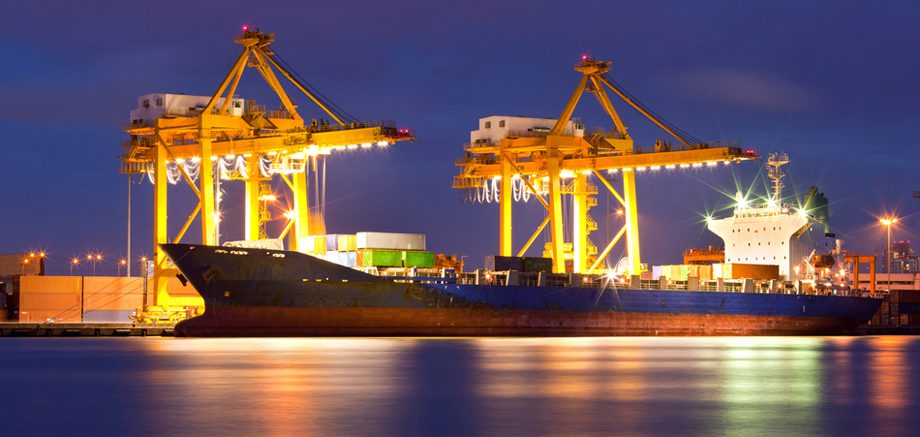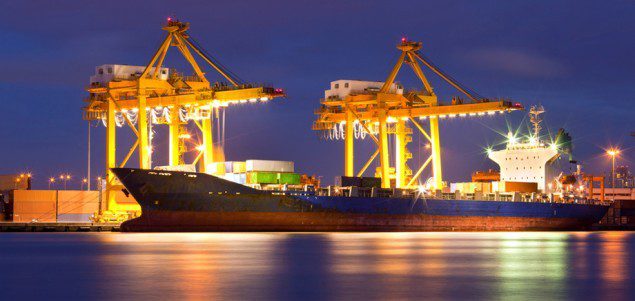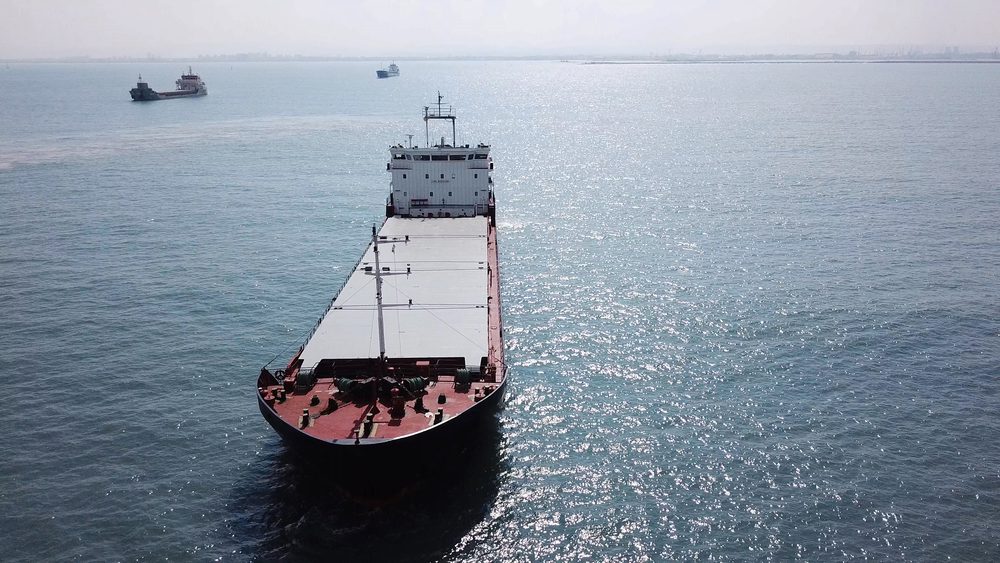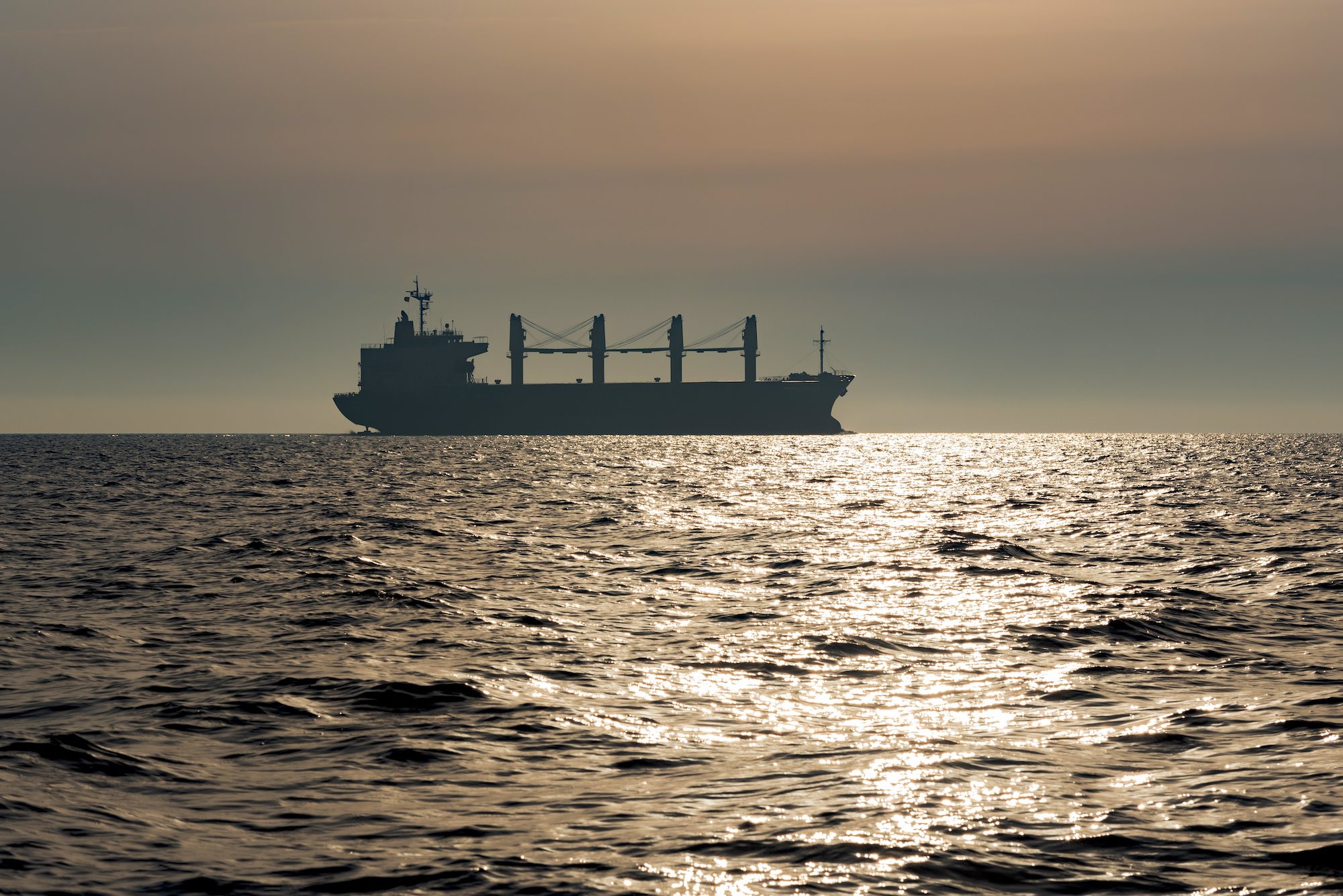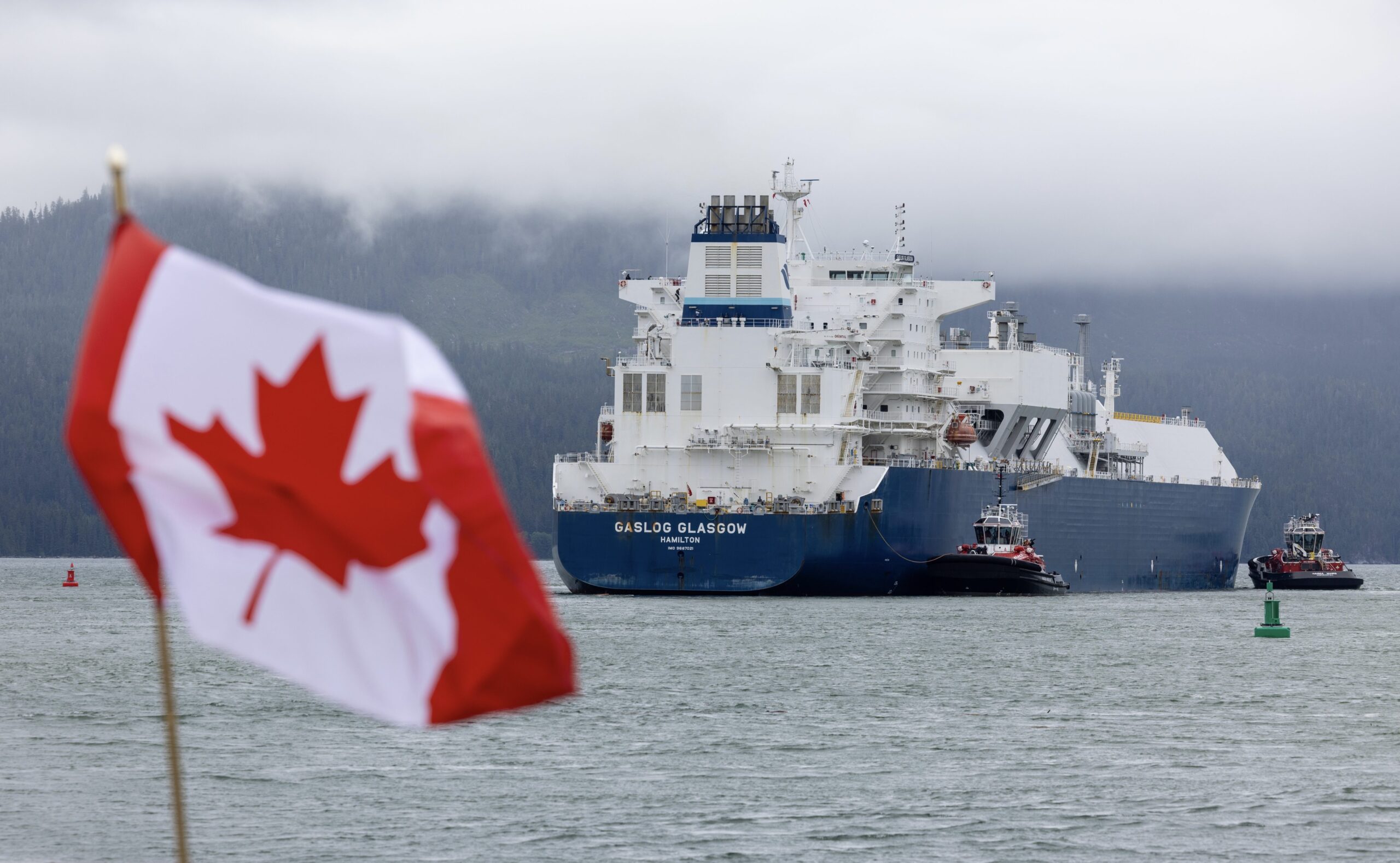Kenya, East Africa’s largest economy, is moving to spend $25 billion on a second port, a crude pipeline and roads that will open up export routes in a region luring investors with oil and gas discoveries.
The Kenyan government has agreed with oil-rich South Sudan to build a 2,000-kilometer (1,243-mile) pipeline to the northern Kenyan coastal town of Lamu. Early-stage construction began in March to clear the way for a deepwater port that will serve Kenya’s underdeveloped north, South Sudan, Ethiopia, and Uganda.
The planned northern corridor may provide South Sudan with an alternative route for its oil exports, other than via Sudan, after a dispute earlier this year over oil-transit fees brought the neighboring states to the brink of war. The two nations together hold 6.7 billion barrels of crude reserves, the third- largest in sub-Saharan Africa after Nigeria and Angola.
“This a massive project, equivalent to about two-thirds of Kenya’s annual gross domestic product,” said Mark Bohlund, a sub-Saharan Africa economist with IHS Global Insight who in July attended a conference on Lamu in London. It “could boost growth in the entire region because the overdependence on the Mombasa port has held it back.” Lower transport costs and faster goods movement could help both agriculture and industry, he said.
Kenya’s $34 billion economy, which earns most of its foreign exchange from tea and tourism, is forecast to withstand the global slowdown and expand 5 percent this year and next, from 4.4 percent in 2011, according to the World Bank. Abundant rains this year have boosted agriculture, an industry that generates a quarter of Kenya’s output, and curbed inflation to 6.1 percent in August from a 20 percent peak in November. Kenya is the world’s largest exporter of black tea.
Infrastructure Bonds
The Kenyan government last month opened a tender for the design and construction of the first three berths at Lamu, to be financed by the annual sale of 13 billion shillings ($154.4 million) of infrastructure bonds over five years.
Kenya sold 37.2 billion shillings of 12-year infrastructure bonds between September 2011 and February, the most recent auctions of the debt, at an average yield of 16.64 percent, according to the central bank. That compares with a rate of 12.959 percent for 8.13 billion shillings of 30-year savings development bonds sold in February 2011.
“Right now our interest rates are extremely attractive in a global context to bring investors in,” Aly-Khan Satchu, chief executive officer of Nairobi-based investment company Rich Management Ltd., said by phone.
Projected Demand
The bulk, container and general cargo docks are scheduled to be built by 2016, expanding to 32 berths capable of handling 24 million tons of cargo a year by 2030. That would meet 40 percent of projected local demand by shippers, according to a 2011 report by the 19-nation Common Market for Eastern and Southern Africa.
Private operators will eventually be hired to run the Lamu harbor, Peter Oremo, a project manager at Kenya Ports Authority, said in a phone interview. Plans to expand the congested Mombasa port, which handles shipments for businesses in Kenya and other East African nations, aren’t keeping pace with increasing trade demand, while the port’s maximum depths and narrow layout restrict the size of the vessels that can safely enter, he said.
The planned pipeline has drawn interest from companies including Toyota Tsusho Corp., a unit of Japan’s Toyota Motor Corp., which has bid $5 billion to build it, according to the Standard, a Nairobi-based newspaper. State-owned China National Petroleum Corp., one of three companies that pump most of South Sudan’s oil, may also participate, the newspaper said.
Toyota East Africa Ltd. Chairman Dennis Awori wasn’t available for comment when Bloomberg contacted his office. Li Zhanbin, a spokesman for CNPC in Beijing, didn’t answer his mobile phone when called yesterday for comment.
Production Halt
South Sudan, which kept three-quarters of the former unified country’s crude output of 490,000 barrels per day after seceding from Sudan last year, relies on oil for almost all of its government revenue. It halted crude production in January because of the dispute with Sudan over transit fees. While the country is preparing to resume production after reaching a provisional agreement last month over the payments, the friction has injected new impetus into discussions to build the pipeline.
South Sudan has also raised the possibility of building a pipeline via neighboring Ethiopia and Djibouti. Feasibility studies are being conducted on both proposals over the next six months, South Sudan Oil Minister Stephen Dhieu Dau told reporters on Aug. 30, without saying who will fund construction. The goal is for a new pipeline to be operational by 2015.
Tourist Attacks
With virtually no industry or infrastructure in place across Kenya’s north, investors may be reluctant to put their wealth in a territory better known for ethnic conflict and kidnappings. The Lamu archipelago, a tourist destination near the border of war-torn Somalia, was the site of an attack last year that left one British tourist shot dead and his wife taken hostage. Kenya blamed al-Shabaab, al-Qaeda’s affiliate in Somalia, and its army began an incursion into the warn-torn Horn of African nation.
“There are definitely risks with these projects,” said Bohlund. “And it’s probably one of the reasons why Kenya intervened in Somalia.”
Environmentalists and coastal residents have also raised concerns that the project may harm the environment in an area that boasts the Swahili settlement known as Lamu Old Town, a UNESCO World Heritage Site.
The Lamu project is part of a wider plan, known as the Lamu Port-Southern Sudan-Ethiopia Transport corridor, to furnish northern Kenya with roads, airports and a refinery in Isiolo, and help spur economic growth of at least 10 percent by 2030.
‘New Frontier’
“We are moving to a new frontier of the world and these types of investment opportunities of this scale are fast- dwindling,” Silvester Kasuku, an adviser in the prime minister’s office overseeing the project, said in an interview.
Kenya’s government is in talks with funders, including Export-Import Bank of China, for a $1 billion loan to lay highways and rails to South Sudan and Ethiopia, where infrastructure development is bolstering economic growth, Kasuku said.
The transit route may also provide farmers in southern Ethiopia who grow crops including coffee and corn with access to international markets and lead to further investment in Kenya’s Turkana region, the site of the country’s first oil find. It was announced by London-based Tullow Oil Plc in March.
That discovery, along with the expected start of crude production in Uganda later this year, and natural gas finds off the coast of Tanzania and Mozambique, has boosted competition among oil and gas companies for a greater role in exploring.
“Uganda will need more imports with its oil discovery, South Sudan and Ethiopia are landlocked and are developing,” said the Kenya Ports Authority’s Oremo. “We have to be able to serve these growing markets in the hinterland.”
– Sarah McGregor, Copyright 2012 Bloomberg

 Join The Club
Join The Club



